|
HOME: www.hiltonpond.org |
|||
|
HYSSOP SKULLCAP: Adding a new bird to a Life List is thrilling for any birder, as was the case earlier this month in West Virginia when we spotted (and identified) our first-ever Cerulean Warbler. It's likewise rewarding when we add a new species to our substantial list of birds seen only at Hilton Pond Center; we've encountered a whopping 171 kinds of birds, the most recent new species being Savannah Sparrows during a snowstorm in January 2011. And thanks to our bird banding permit, we have the distinct additional pleasure of maintaining a list of birds captured, banded, and released unharmed--as has happened with exactly 57,453 individuals from 126 species since 1982--the newest being two feisty Barred Owls we netted last month and this. Yes, these different bird tallies are indeed fun, but since the Center has a broader focus than just avifauna we also have myriad other lists for all sorts of organisms, from toads to toadstools and spiders to spiderworts. That's why we were excited last week to add The Blob--the Magnificent Bryozoan--to our list of aquatic invertebrates, and why this week were equally joyous to find a new native wildflower growing along the access road on the north perimeter of the property.
All text & photos © Hilton Pond Center Actually, finding a new local wildflower might almost be MORE fulfilling than observing a new bird species, if only because we have so few wildflowers. The 11 acres that now comprise Hilton Pond Center for Piedmont Natural History have been a sanctuary only for the past 32 years. During the century or so prior to our moving here the site was a typical Piedmont farm--clearcut for cattle grazing or row crops such as corn, cotton, or soybeans. Such usage doesn't bode well for native plants; the plow eliminates seeds and rootstock in the soil, and grazing stunts the growth of or eliminates whatever flora a cow finds edible. So every spring we carefully search the leaf litter beneath what has grown into a mixed stand of hardwoods and pines--ever on the lookout for sprouts of some new flowering plant. This week our diligence paid off when we happened upon a cluster of small purple flowers (above) atop a foot-high stem growing from a bed of pine needles.
All text & photos © Hilton Pond Center As we dropped to one knee for a better view, our first thought was the plant was a member of the Snapdragon Family (Scrophulariaceae)--if only because the top petal of the flower formed a sort of pointy "beak" (above). Two other upper petals appeared to be fused, as were two lower petals that formed a lip. As we pondered the possible identification of the flower we employed a time-honored botanical trick by gently grabbing the stem and spinning it slowly between thumb and forefinger. Aha! The stem had four sides, so it wasn't a scroph after all--it was a mint!
All text & photos © Hilton Pond Center Indeed, members of the Mint Family (Lamiaceae, formerly Labiatae) are identifiable by "square stems," even for species such at the one at hand that is very unusual in not having mint-like odor. When we turned a blossom sideways we could see it was relatively long and tubular but, more important, we noted--as shown above--the dark bump on top of the calyx (the fused sepals at the flower's base); this is a distinctive field mark for various species of Scutellaria, and we then knew we were looking at S. integrifolia--the Hyssop Skullcap, AKA Helmet-flower. (For you etymologists out there, Scutellaria means "small dish" and is derived from the bowl-like shape of the calyx. The name Hyssop comes from the name of an Old World mint with which early settlers apparently confused the species we found. We'll explain "skullcap" later in the essay.) Hyssop Skullcap has fine white hairs on its stem and half-inch-long blossoms; pistil and stamens are hidden within the "beak." Some populations give rise to pinkish or even white flowers.
All text & photos © Hilton Pond Center We had actually seen Hyssop Skullcap elsewhere, although not in recent years. It is primarily a southeastern wildflower found in 23 states from Texas to New York and Connecticut; in the latter two states and Oklahoma it is listed as "critically imperiled". In fact, Connecticut has only two populations and the species has been extirpated from Massachusetts. Hyssop Skullcap is fairly common in South Carolina in well-drained old fields, rural roadsides, Lowcountry savannahs, and open pine woodlands where it can reach heights of up to two feet and grow almost as a monoculture. It does not compete well with taller, more aggressive native plants such as Goldenrod. The flowers form a terminal raceme. Paired leaves high on the stem are long and narrow with smooth edges (see photo above); the species name integrifolia refers to these leaves, meaning they aren't serrated or dissected into leaflets. By comparison, leaves at the base of the stem are shield-shaped (below) with numerous rounded lobes. Hyssop Skullcap--herbaceous and deciduous but perennial--arises in spring from a basal leaf rosette that often produces more than one stem.
All text & photos © Hilton Pond Center Worldwide there are about 300 species of Skullcaps. Most are herbaceous--both annual and perennial--while some are aquatic; a few are non-woody shrubs. Asian herbalists have used extracts from some species to treat immune system ailments and anxiety disorders; a compound named "wogonin" found in Skullcaps reportedly inhibits release of histamines.
All text & photos © Hilton Pond Center Principal pollinators of Hyssop Skullcap appear to be various species of bees and flies; the plants are rarely visited by butterflies, perhaps because the flowers have no scent. After pollination--some authors suspect self-fertilization (cleistogamy) also can occur--blossoms fall to the forest floor. Fruits develop within the wafer-like calyx that remains (above), eventually forming into four round black nutlets each about a millimeter in diameter. These likely are disseminated by ground feeding birds such as sparrows. Although it looks to us like the Hyssop Skullcap flower itself wears a helmet, it's from the unusual shape of the fruit-bearing calyx that the species gets both the name "skullcap" and the alternate epithet "Helmet-flower." If you're from Connecticut where Hyssop Skullcap is "imperiled," you may be almost as excited as we were over finding this species locally--even if it's common elsewhere in the Palmetto State. Our joy, of course, comes from finding a new wildflower on the premises--just the 48th flowering herbaceous plant we've identified in 32 years on our 11-acre reserve. Although we likely won't perform the evocative "Lifer Dance" as we did after sighting a Cerulean Warbler, we still might prance a little two-step in celebration of finding our first Hyssop Skullcap at Hilton Pond Center. All text & photos © Hilton Pond Center All contributions are tax-deductible |
|---|
 The Piedmont Naturalist, Volume 1 (1986)--long out-of-print--has been re-published by author Bill Hilton Jr. as an e-Book downloadable to read on your iPad, iPhone, Nook, Kindle, or desktop computer. Click on the image at left for information about ordering. All proceeds benefit education, research, and conservation work of Hilton Pond Center for Piedmont Natural History. The Piedmont Naturalist, Volume 1 (1986)--long out-of-print--has been re-published by author Bill Hilton Jr. as an e-Book downloadable to read on your iPad, iPhone, Nook, Kindle, or desktop computer. Click on the image at left for information about ordering. All proceeds benefit education, research, and conservation work of Hilton Pond Center for Piedmont Natural History. |
|
|
"This Week at Hilton Pond" is written and photographed by Bill Hilton Jr., executive director of Hilton Pond Center for Piedmont Natural History
|
|
|
Please refer "This Week at Hilton Pond" to others by clicking on this button: |
Comments or questions about this week's installment? Send an E-mail to INFO. (Be sure to scroll down for a tally of birds banded/recaptured during the period, plus other nature notes.) |

Click on image at right for live Web cam of Hilton Pond,
plus daily weather summary
Transmission of weather data from Hilton Pond Center via WeatherSnoop for Mac.
|
--SEARCH OUR SITE-- For a free on-line subscription to "This Week at Hilton Pond," send us an |
|
Thanks to the following fine folks for recent gifts in support of Hilton Pond Center for Piedmont Natural History and/or Operation RubyThroat: The Hummingbird Project. Your tax-deductible contributions allow us to continue writing, photographing, and sharing "This Week at Hilton Pond" with students, teachers, and the general public. Please see Support or look below if you'd like to make a gift of your own.
|
If you enjoy "This Week at Hilton Pond," please help support Hilton Pond Center for Piedmont Natural History. It's painless, and YOU can make a difference! (Just CLICK on a logo below or send a check if you like; see Support for address.) |
|
Make credit card donations on-line via Network for Good: |
|
Use your PayPal account to make direct donations: |
|
If you like shopping on-line please become a member of iGive, through which 950+ on-line stores from Amazon to Lands' End and even iTunes donate a percentage of your purchase price to support Hilton Pond Center.  Every new member who registers with iGive and makes a purchase through them earns an ADDITIONAL $5 for the Center. You can even do Web searches through iGive and earn a penny per search--sometimes TWO--for the cause! Please enroll by going to the iGive Web site. It's a painless, important way for YOU to support our on-going work in conservation, education, and research. Add the iGive Toolbar to your browser and register Operation RubyThroat as your preferred charity to make it even easier to help Hilton Pond Center when you shop. Every new member who registers with iGive and makes a purchase through them earns an ADDITIONAL $5 for the Center. You can even do Web searches through iGive and earn a penny per search--sometimes TWO--for the cause! Please enroll by going to the iGive Web site. It's a painless, important way for YOU to support our on-going work in conservation, education, and research. Add the iGive Toolbar to your browser and register Operation RubyThroat as your preferred charity to make it even easier to help Hilton Pond Center when you shop. |
|
BIRDS BANDED THIS WEEK at HILTON POND CENTER 22-31 May 2012 |
|
|
SPECIES BANDED THIS WEEK: * = New species for 2012 WEEKLY BANDING TOTAL 8 species 46 individuals 2012 BANDING TOTAL 31-YEAR BANDING GRAND TOTAL (since 28 June 1982, during which time 170 species have been observed on or over the property) 126 species (31-yr avg = 66.5) 57,453 individuals (31-yr avg = 1,853) NOTABLE RECAPTURES THIS WEEK Carolina Wren (2) House Finch (8) All text & photos © Hilton Pond Center
|
OTHER NATURE NOTES: --Our Ruby-throated Hummingbird numbers are still down at the Center with only two banded this week and six new ones altogether for the year. --On 31 May we misted netted an adult female Mourning Dove that had a little drool in the corners of her bill. When we felt her crop there were none of the millet seeds or cracked corn kernels we usually can palpate during winter. Instead the bird's crop--a storage area that's part of the anterior alimentary canal--was filled with fluid. We knew this to be "crop milk"--a nutritious liquefied porridge produced by the crop lining that adults of both sexes regurgitate to feed to their nestlings. Obviously, MODO are breeding around Hilton Pond or very close by. --We're very pleased our ambitious goal of 500 "Likes" in May for the Center's new Facebook page came very close to fruition. As of 11:59 p.m. on 31 May EDT, a total of 458 people had "Liked" our page, meaning they'll be privvy to more frequent updates about interesting nature happenings at the Center and elsewhere; These snippets--sometimes illustrated--will supplement our regular series of in-depth photo essays published as "This Week at Hilton Pond." The Facebook page also allows folks to make comments and post their own info. If you'd like to join our enthusiastic, supportive band of Facebook friends, just visit Hilton Pond Center for Piedmont Natural History and click the "Like" button. Then spread the word! (Next goal: 750 likes by 30 Jun.) All text & photos © Hilton Pond Center |


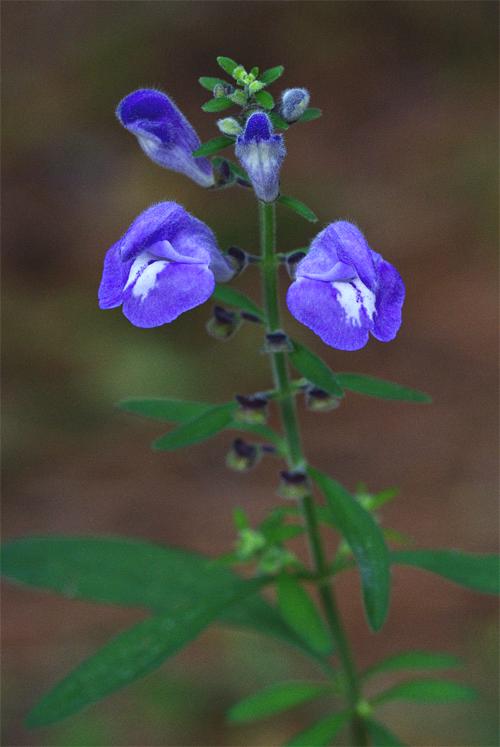
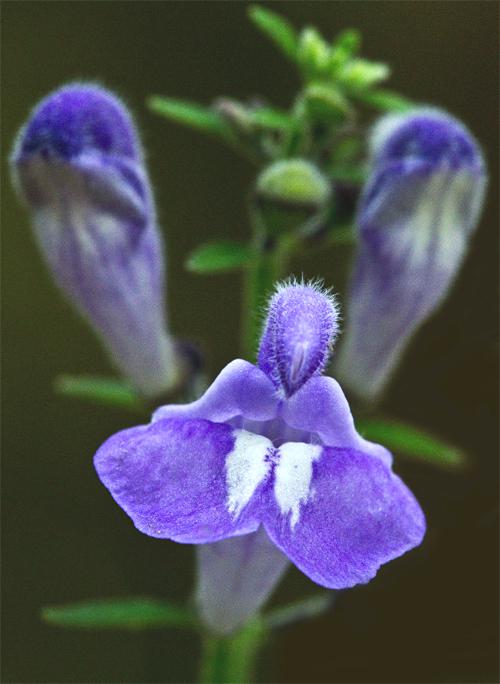
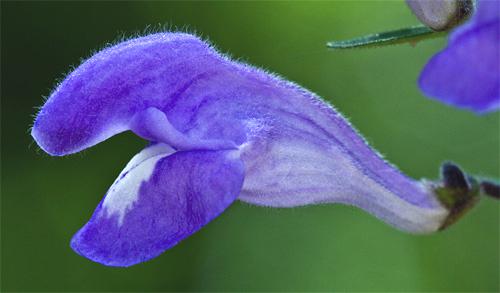
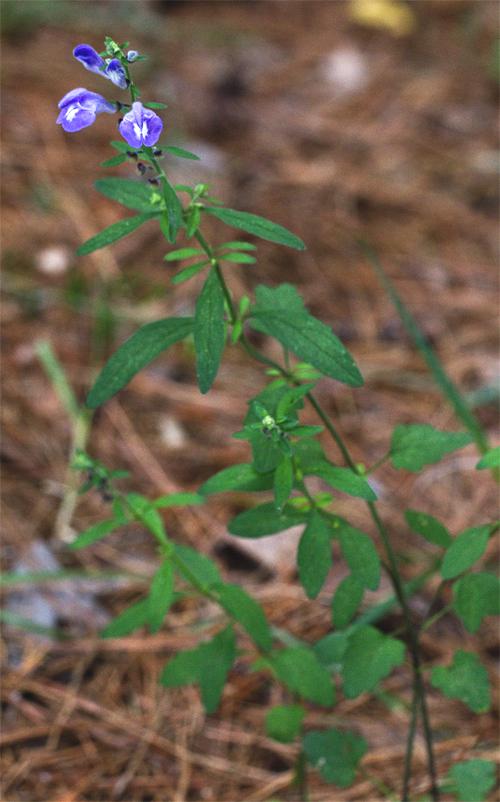
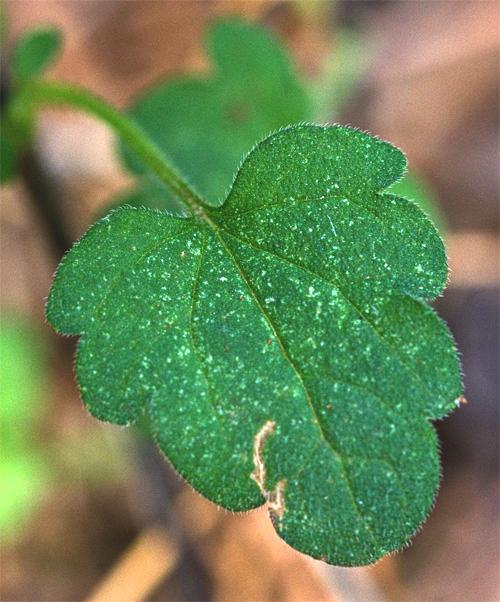
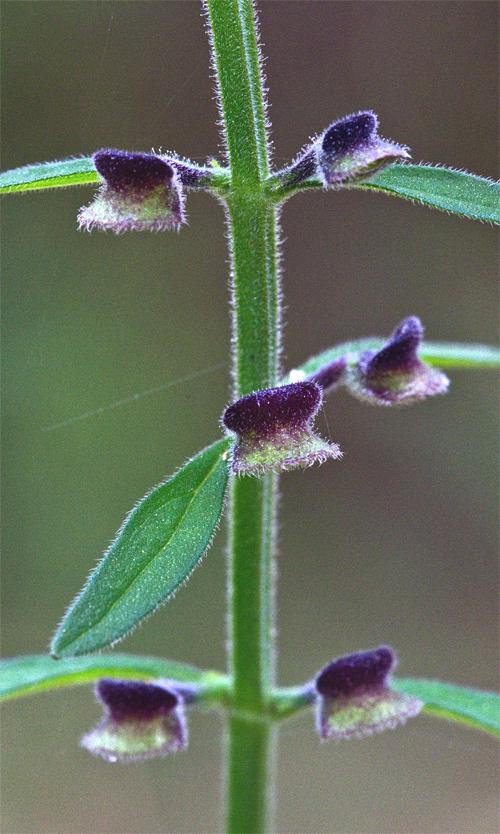


 Please report your sightings of
Please report your sightings of